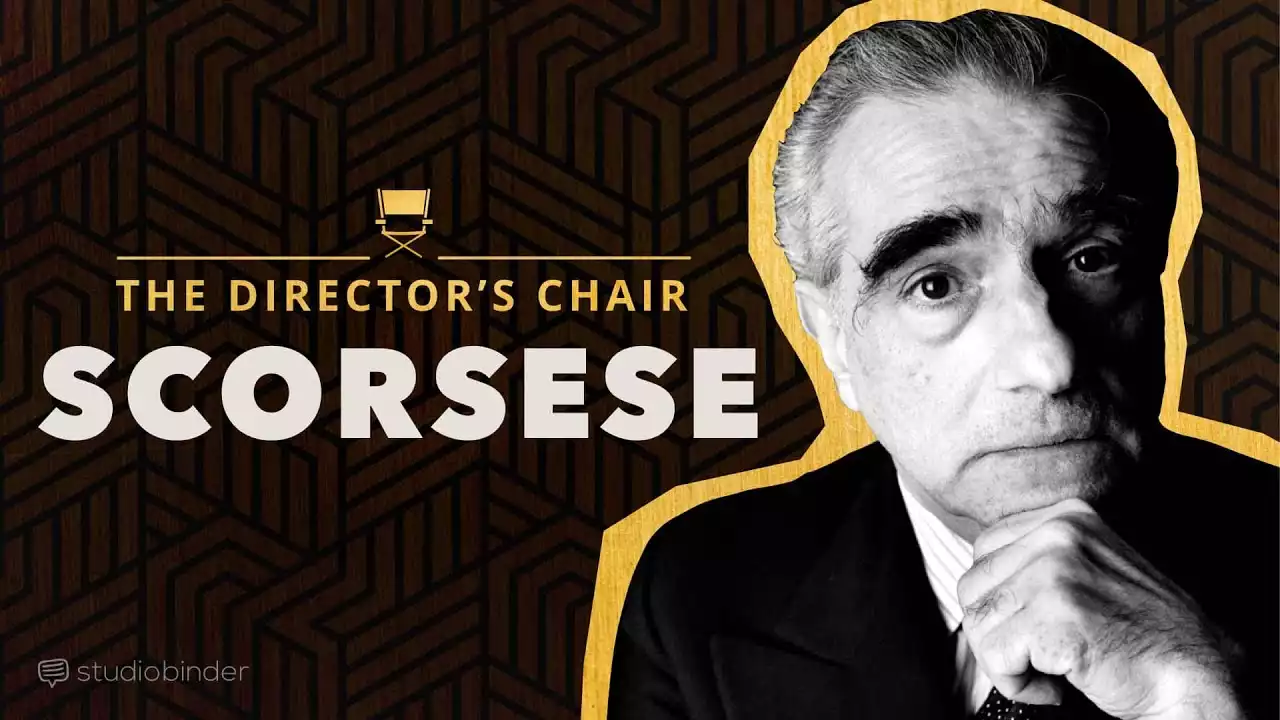Martin Scorsese is one of the greatest filmmakers of all time and a pioneer of the New Hollywood movement in the 1970s. He has made over 20 feature films in his long career and won many awards for his work. He has also been nominated for an Academy Award six times so far in his career. Scorsese’s earliest works were gangster movies with the dark and violent subject matter, set in underworld subcultures such as organized crime or stockbrokers. However, he soon branched out into other genres and themes, making movies about Catholicism (“The Last Temptation of Christ”), the music industry (“New York, New York”), advertising executives (“The Color of Money”), schizophrenic artists ("Crazy") and drug dealers ("Goodfellas").
How Martin Scorsese Directs a Movie
“Goodfellas” (1990)
A dark and violent gangster film about the rise and fall of a group of Italian-American criminals in the 1970s, “Goodfellas” is one of Scorsese’s most famous works. It won five Academy Awards, including Best Picture and Best Director. The movie is a classic gangster flick, and is often compared to “The Godfather.” It is full of blood, swearing, and general nastiness, but it is all worth it because the film is very, very good.
“Cape Fear” (1991)
“Cape Fear”, which was previously made into a 1962 film with Gregory Peck and Robert Mitchum, is a remake of the same story. Scorsese stars Robert De Niro as Max Cady, a convicted rapist, and murderer who has been inside since 1972, and Nick Nolte plays an attorney who tried to get Cady off with a lesser sentence. The movie has many similarities to “Goodfellas” in terms of the dark tone of the film and the violent and profane dialogue. It was well received by critics, but not as much as Scorsese’s other films, and De Niro’s performance was nominated for a Golden Globe.
“The Age of Innocence” (1993)
Based on a novel of the same name, “The Age of Innocence” tells the story of New York high society in the 1880s and a romance between a young man and a woman who are both engaged to other people, set against the backdrop of a scandal. The movie was well received by critics, but not as much as Scorsese’s other films. It is worth seeing, but probably not Scorsese’s best. The film won Best Costume Design at the Academy Awards.
"Casino" (1995)
Based on a true story of the Las Vegas mobsters in the 1970s, “Casino” has a large ensemble cast, but the main characters are Robert De Niro and Sharon Stone. The movie was extremely well-received and is often cited as one of Scorsese’s best works. It was nominated for several Academy Awards, including Best Picture and Best Director. It is a long movie, and not for the faint of heart, but it is extremely entertaining and worth the time.
"Kundun" (1997)
The story of the Dalai Lama’s early life and escape from Tibet as a child is told in “Kundun.” It is a documentary about the Tibetan’s struggle for autonomy, and a criticism of China’s occupation of Tibet. “Kundun” was not well received by critics, but it is not Scorsese’s fault. He aimed to make a historically accurate movie, and it is a shame that it was not received better.
“Gangs of New York” (2002)
A period drama set in New York’s Five Points neighborhood in the mid-19th century, when rival gangs of Irish and Anglo-American immigrants fought for control of the city. The film stars Leonardo DiCaprio and Cameron Diaz. The movie was very successful at the box office but was not as well received as Scorsese’s other films. There are many exciting fight scenes, and the movie is worth seeing, but it is not one of Scorsese’s best.
Conclusion
Martin Scorsese is one of the most famous filmmakers in the world, and he has made several classic movies in his long career. Many people associate him, especially with movies about the mafia, but he has made many different kinds of films. He is also a producer, screenwriter, and film historian, and has won many awards for his work. These are some of his most famous films, and they all have something to offer anyone interested in the movie industry. These works are the best place to start exploring the world of Scorsese.
Ultimately, the consistent motifs in Scorsese’s work reveal a consistent interest in how human beings can be corrupted by vices. Scorsese’s films are fundamentally interested in how societies are built on corruption, and he uses his visual language and classical storytelling techniques to explore this. There is no doubt that Scorsese’s films will continue to be an inspiration for future filmmakers and academics alike. His films are as relevant and powerful today as they were when they were first released.


 Discover the Charm of Portugal: 20 Unmissable Destinations for Your Next Adventure
Discover the Charm of Portugal: 20 Unmissable Destinations for Your Next Adventure Are All-Inclusive Holidays worth it?
Are All-Inclusive Holidays worth it?
 Do Mice Make Good Pets for Children?
Do Mice Make Good Pets for Children? The Legend Director Stanley Kubrick
The Legend Director Stanley Kubrick The Genius of Alfred Hitchcock
The Genius of Alfred Hitchcock James Cameron Academy Award-Winning Director
James Cameron Academy Award-Winning Director Famous and Successful Movie Directors
Famous and Successful Movie Directors